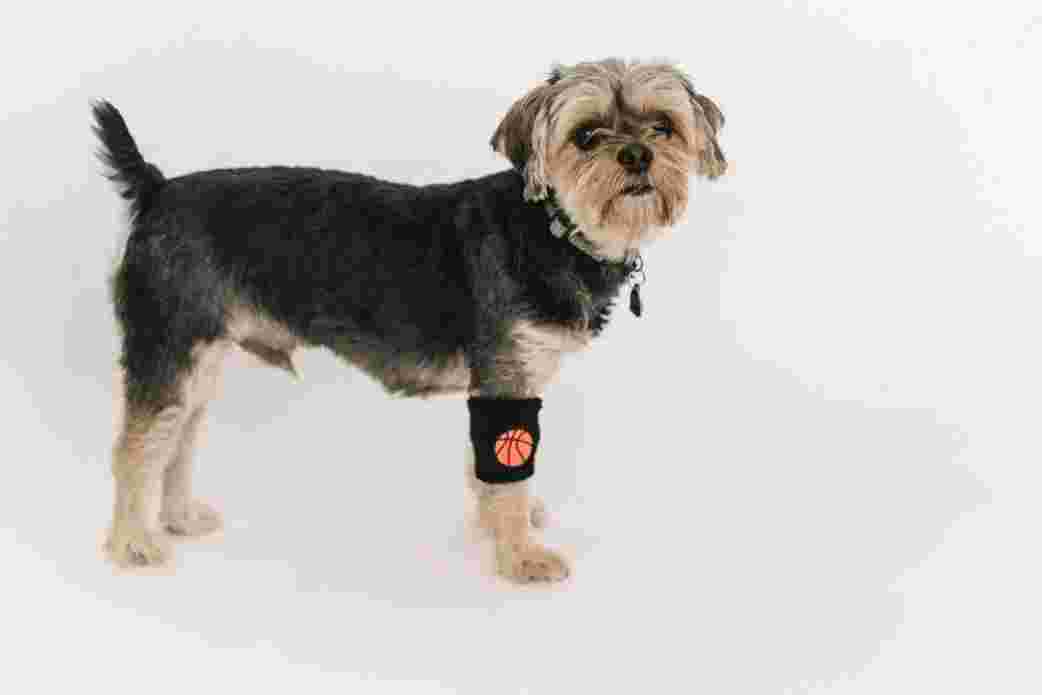Knowing when to use an active or passive structure is more of a problem than the form. The form never changes and is always a tense form of be + past participle. So when and why do we use the passive instead of the active voice?
be + Past Participle Passives can be formed in any tense, for example:
- English is spoken in many countries around the world. (Present Simple)
- My house is being painted at the moment. (Present Continuous)
- Romeo and Juliet was written by William Shakespeare. (Past Simple)
- A man has been arrested for breaking into the post office. (Present Perfect Simple)
- On arrival, you will be met at the airport by our representative. (Future Simple)
USES:
When you want to highlight the object of the sentence, you make it the subject:
ACTIVE: Conan Doyle wrote the Sherlock Holmes stories.
PASSIVE: The Sherlock Holmes stories were written by Conan Doyle.
When it is obvious who did the action (you don’t need to say who did it):
They were arrested outside the bank. (by the police)
He was given a 5-year prison sentence. (by the judge)
When we don’t know who did a particular action, for example, in news stories:
An old woman has been mugged in the town centre.
The President was shot during a visit to Houston, Texas.
If you are short of time, review in 2, with this video.
If you have more time, review in a few, with this video.
Are these sentences passive or active?
- My aunt gave me a bicycle when I was a child.
Active
- The burglar was arrested by the police.
Passive
- Eight students passed the school exam.
Active
- Many people were terribly affected by the environmental crisis.
Passive
- I've been hit by a hard ball.
Passive
- The winter gale destroyed the old bridge.
Active

